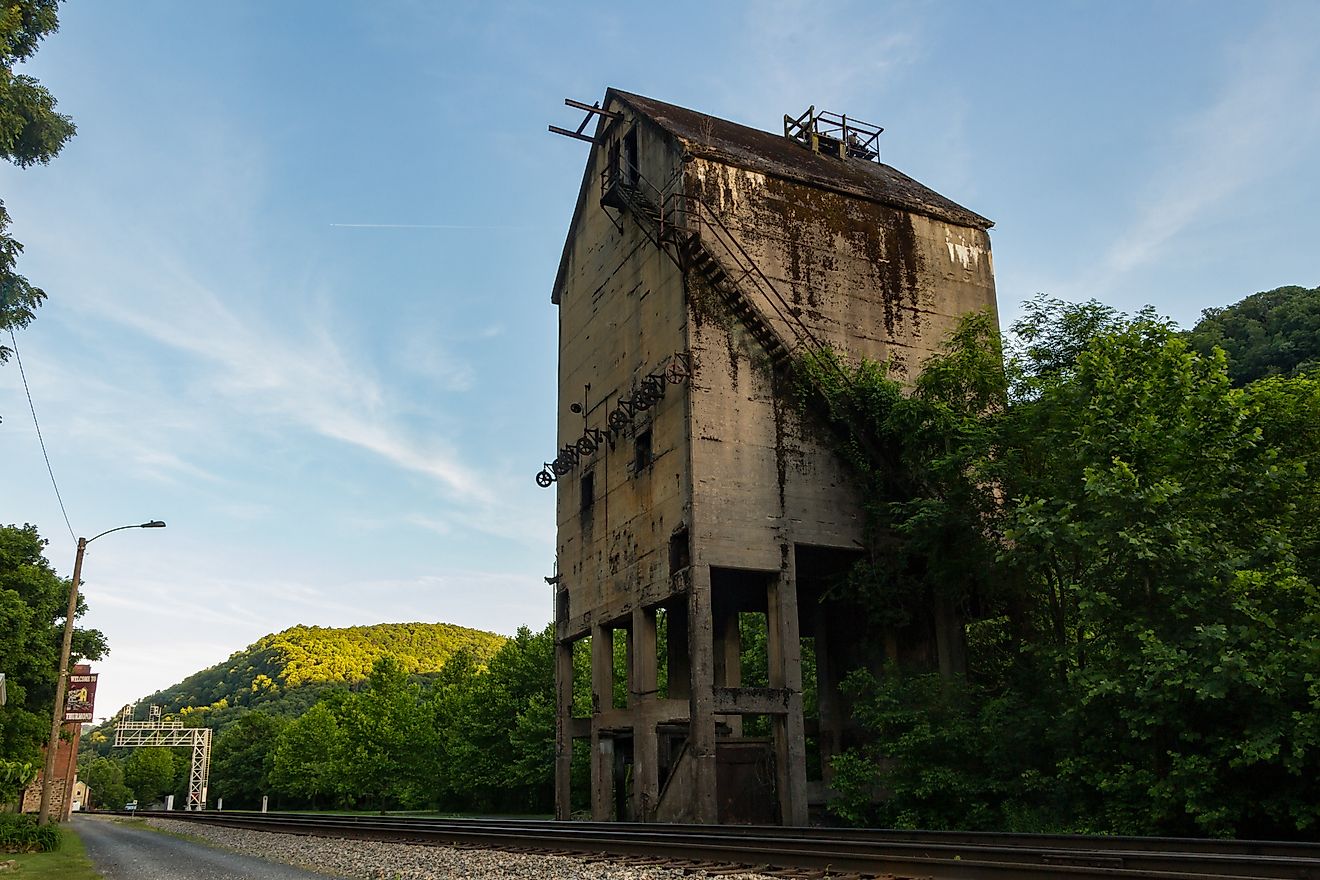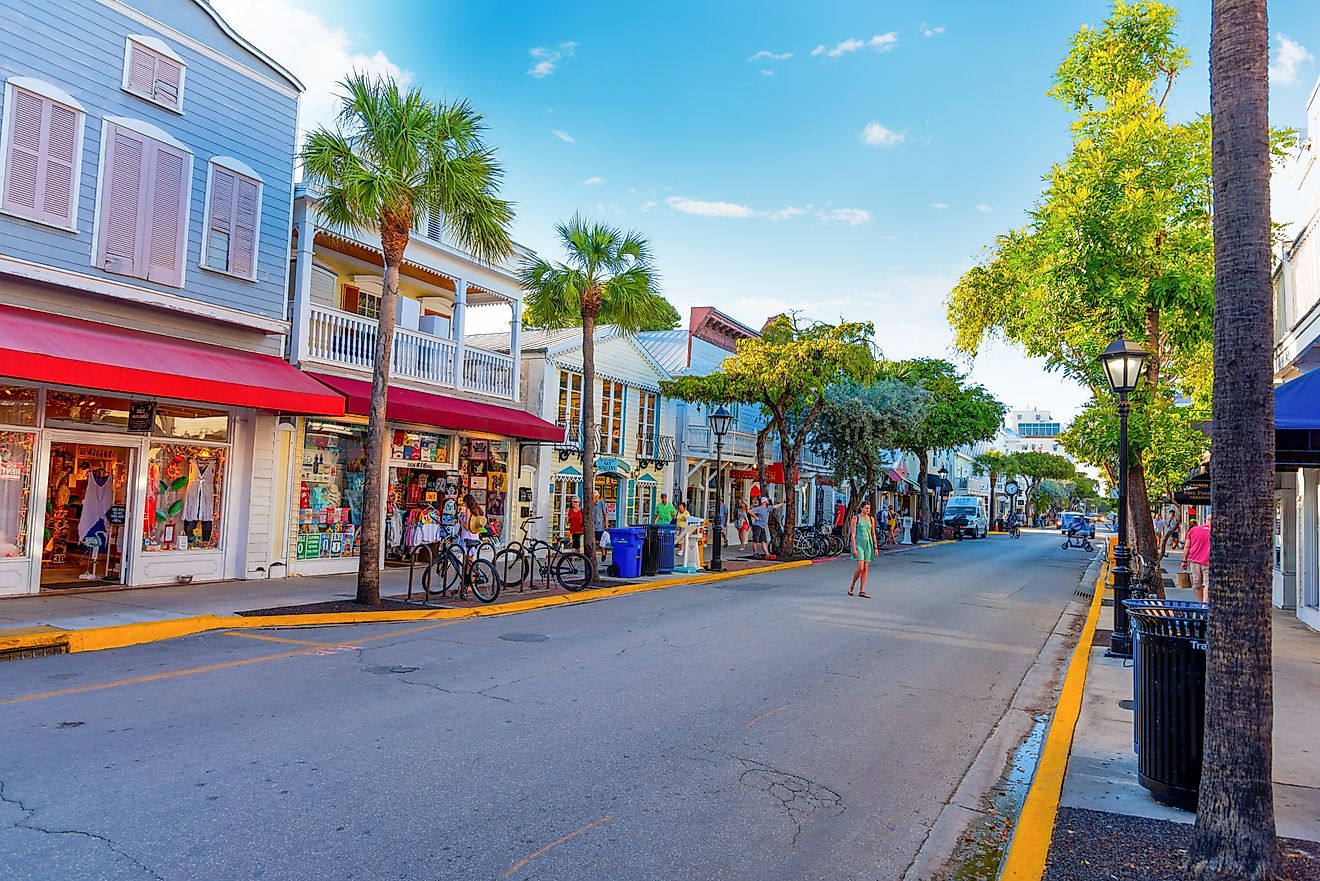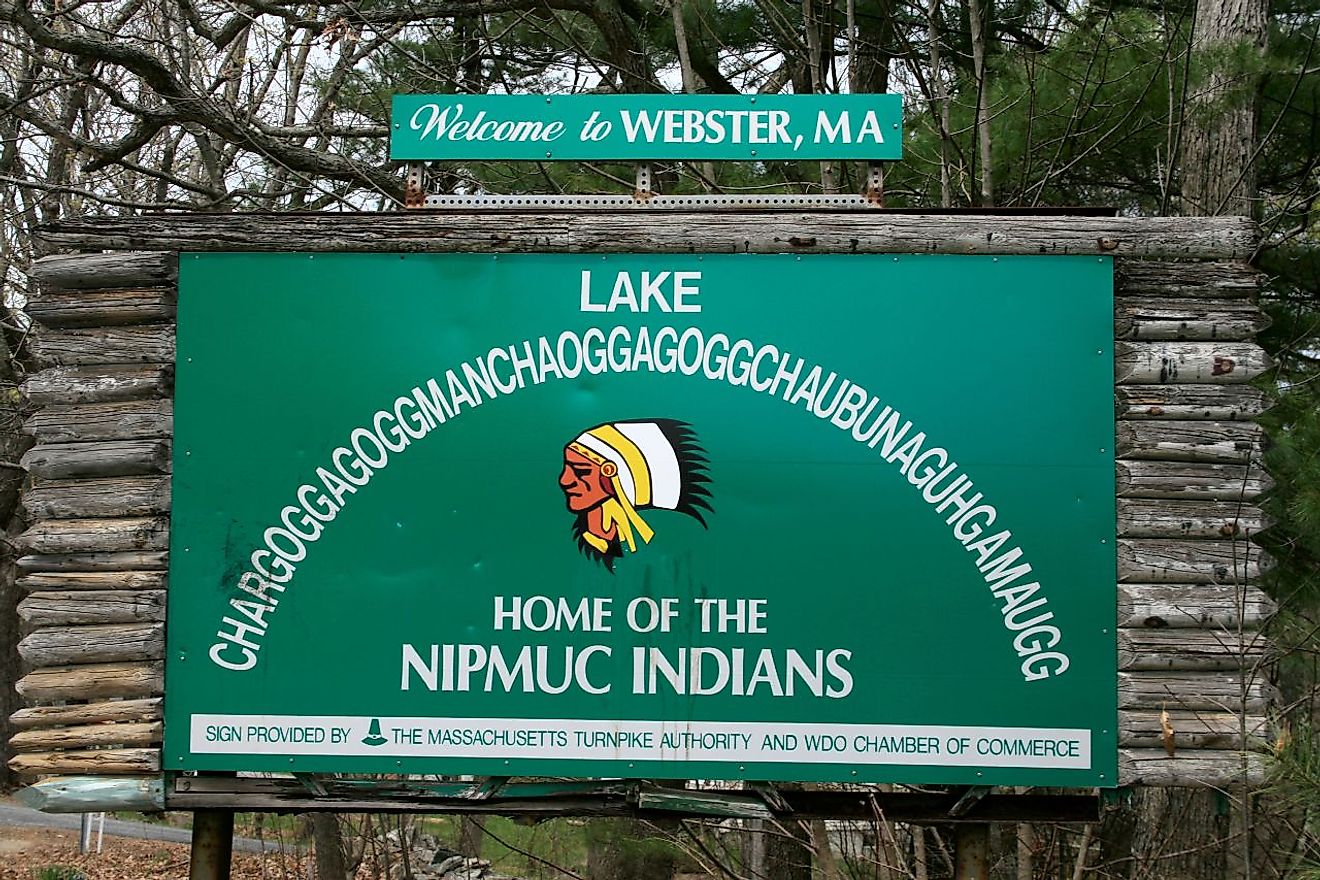
The 7 Oldest Towns in Connecticut You Must See
Explore Connecticut's oldest towns, where history unfolds with every step. From Guilford's colonial charm to Milford's coastal allure, each destination with its own unique story. Wander through streets steeped in centuries of heritage and marvel at picturesque landscapes that have stood the test of time. As you delve into these timeless treasures, uncover Connecticut's past, where every cobblestone and coastline holds a piece of history.
Windsor
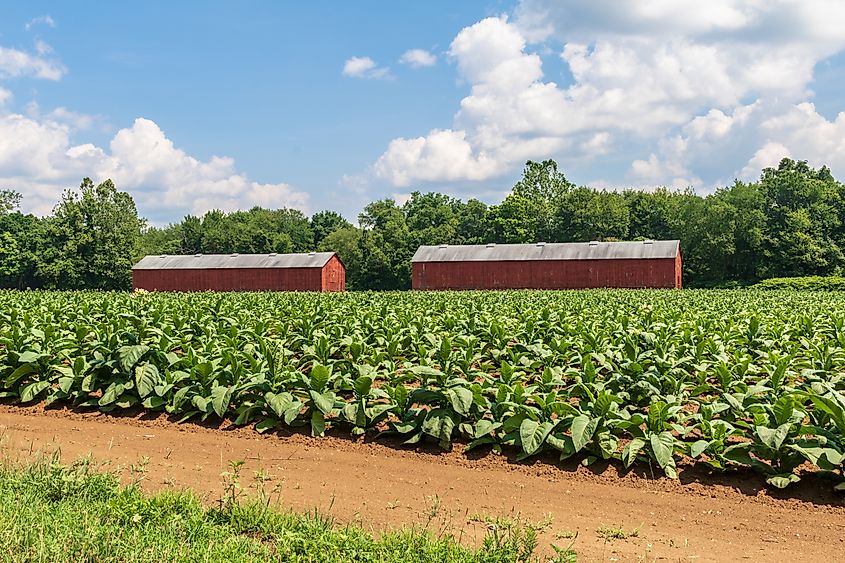
Windsor, Connecticut, founded in 1633, is one of the state's oldest and most historically significant towns. Its colonial roots run deep, with a founding that predates many other settlements in the region. Today, Windsor seamlessly blends its history with modern living, offering a unique blend of heritage and contemporary amenities.
At the heart of Windsor's historical appeal is its beautifully preserved architecture and landmarks. The Palisado Green, a historic district dating back to the 17th century, features colonial-era homes and churches that offer a glimpse into the town's early days. The Oliver Ellsworth Homestead, once the residence of one of Connecticut's Founding Fathers, is now a museum showcasing life in early America.
Wethersfield

Established in 1634, Wethersfield is another one of the oldest towns not just in Connecticut, but in the entire United States. Its historic significance is evident in its well-preserved colonial architecture, quaint streets, and deep-rooted traditions. The town's founding dates back to the early days of English settlement in the region, and its rich history is reflected in its numerous historical landmarks and sites of cultural importance.
One of the town's most notable landmarks is the Webb-Deane-Stevens Museum, comprising of three meticulously restored historic homes. You can tour the Webb House, built in 1752, where George Washington once stayed during the Revolutionary War. The nearby Buttolph-Williams House, dating back to 1711, provides further insight into Wethersfield's colonial past, with period furnishings and exhibits highlighting daily life in the 18th century.
Hartford
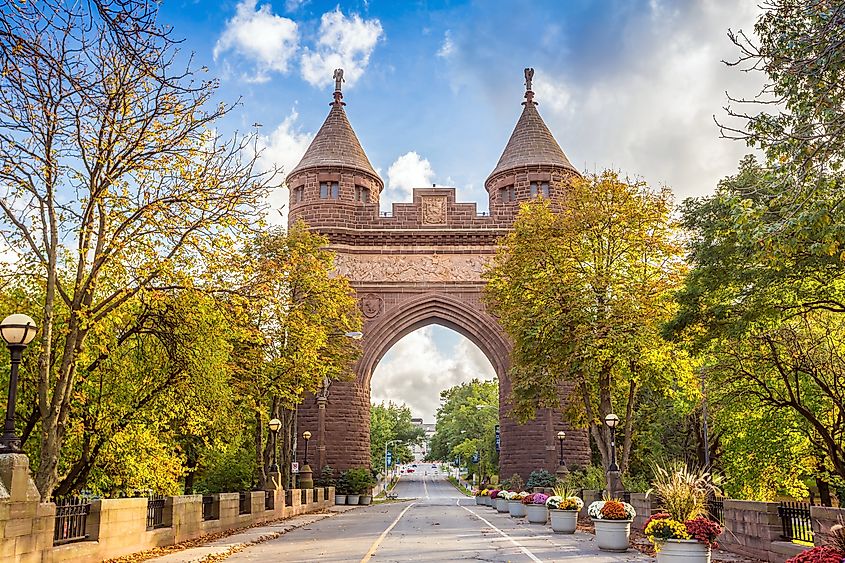
Hartford was established in 1636 by English settlers led by Thomas Hooker. It grew as a center for trade and government, becoming known as the "Insurance Capital of the World" due to its prominence in the insurance industry. Today, Hartford is a vibrant city blending history with modernity. Its skyline is adorned with skyscrapers, reflecting its status as a financial hub. However, amidst the contemporary architecture lie numerous historical landmarks. The Connecticut State Capitol, completed in 1879, is a magnificent example of Victorian Gothic architecture and houses the state's legislative chambers.
Another notable site is the Mark Twain House & Museum, where the renowned author wrote some of his most famous works. Additionally, the Harriet Beecher Stowe Center commemorates the life and legacy of the influential abolitionist and author of "Uncle Tom's Cabin." These landmarks serve as a reminder of Hartford's enduring significance in American history.
New Haven
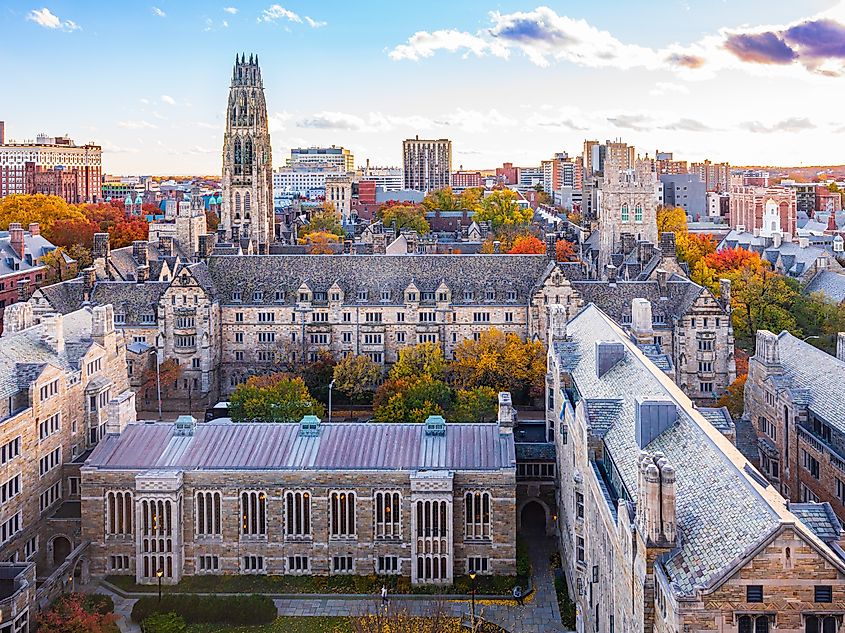
New Haven, Connecticut, was founded in 1638 by English Puritans led by John Davenport and Theophilus Eaton. Initially established as a commercial trading post, it quickly evolved into a center for education and culture with the founding of Yale University in 1701.
Today, New Haven is a vibrant city known for its diverse population, thriving arts scene, and culinary delights. Its historic downtown is a blend of colonial-era architecture and modern development, reflecting its rich history and contemporary vitality. Among its many historical landmarks is the iconic Yale University campus, with its distinguished buildings and sprawling green spaces. The New Haven Green, a historic public park dating back to the 17th century, remains a focal point of community life and hosts various events throughout the year.
Fairfield
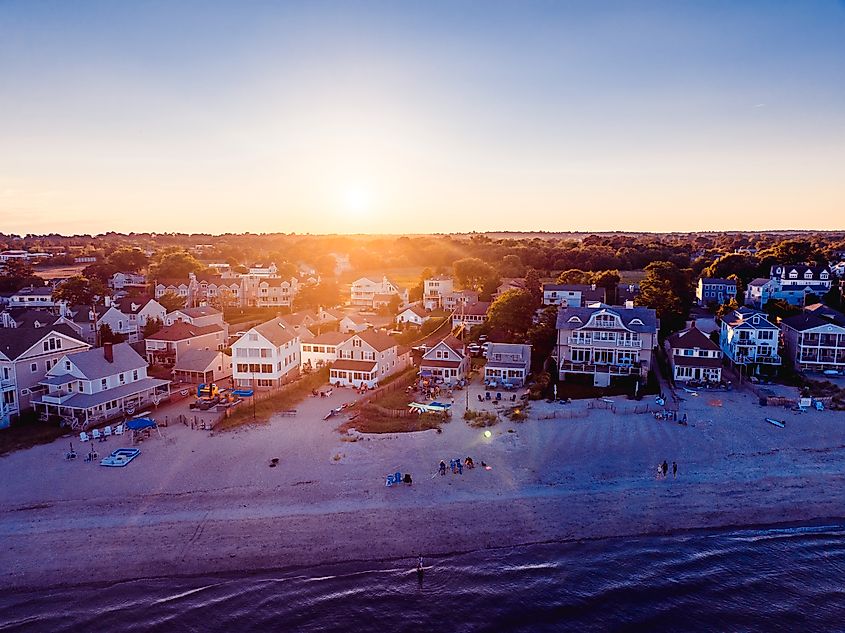
Fairfield, Connecticut, was established in 1639 by English settlers, making it one of the state's oldest towns. Its founding marked the beginning of a vibrant community that would grow and evolve over the centuries. Originally a farming and trading community, Fairfield's location along the coast played a significant role in its development, facilitating trade and commerce.
Today, Fairfield retains much of its colonial charm. Its historic downtown area is home to well-preserved colonial architecture, charming shops, and cultural attractions. The town's coastal location continues to be a draw for residents and visitors, offering scenic beaches, waterfront parks, and recreational opportunities.
Fairfield's rich history is celebrated through its numerous historical landmarks, museums, and community events. From the Fairfield Museum and History Center to the historic Green and beyond, Fairfield's heritage is woven into the fabric of daily life.
Guilford

Guilford was established in 1639 by a group of English settlers led by Henry Whitfield. Initially established as an agricultural community, Guilford's fertile land and strategic location along the coast contributed to its early growth and prosperity.
Throughout its history, Guilford has played a significant role in shaping the cultural, economic, and political landscape of Connecticut. Its colonial-era homes, well-preserved architecture, and historic landmarks serve as tangible reminders of its past. The Guilford Green, a picturesque town square surrounded by colonial buildings, remains a focal point of community life and a symbol of Guilford's enduring heritage.
Guilford's history is also intertwined with significant events in American history, including its involvement in the Revolutionary War and its contributions to the abolitionist movement.
Milford
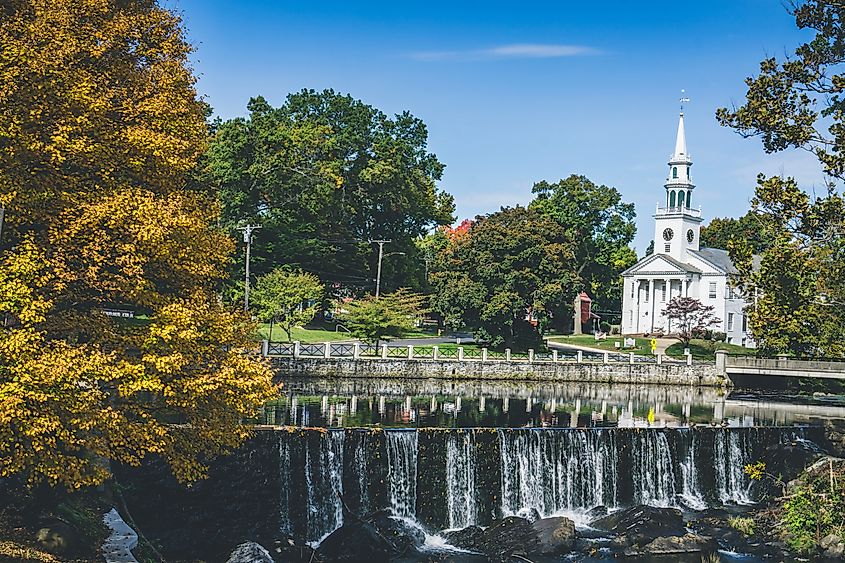
Milford, founded in 1639 by English settlers, was established on the scenic shores of Long Island Sound. Milford has evolved from its early days as a coastal trading post into a vibrant and thriving community. Its location along the coast has played a significant role in its development, fostering trade, commerce, and maritime activities throughout its history.
Milford's charming downtown area features well-preserved colonial architecture, quaint shops, and restaurants. The Milford Historical Society and Museum preserves and showcases artifacts and exhibits that highlight the town's colonial heritage and contributions to American history. The town is also home to the Bryan-Downs House, one of the oldest surviving houses in Milford, dating back to the 17th century, and the town's historic green, one of the oldest in New England.
Timeless Treasures
Connecticut's oldest towns serve as lasting evidence of the state's abundant history and cultural legacy. From the colonial streets of Guilford to the coastal vistas of Milford, each town offers a unique glimpse into the past while embracing the present. Whether exploring historic landmarks, strolling through quaint downtowns, or soaking in scenic landscapes, visitors are treated to an unforgettable journey through time. These towns serve as living reminders of Connecticut's colonial roots and of those who settled in the region centuries ago. So, step into history and experience the timeless charm of Connecticut's oldest treasures.
